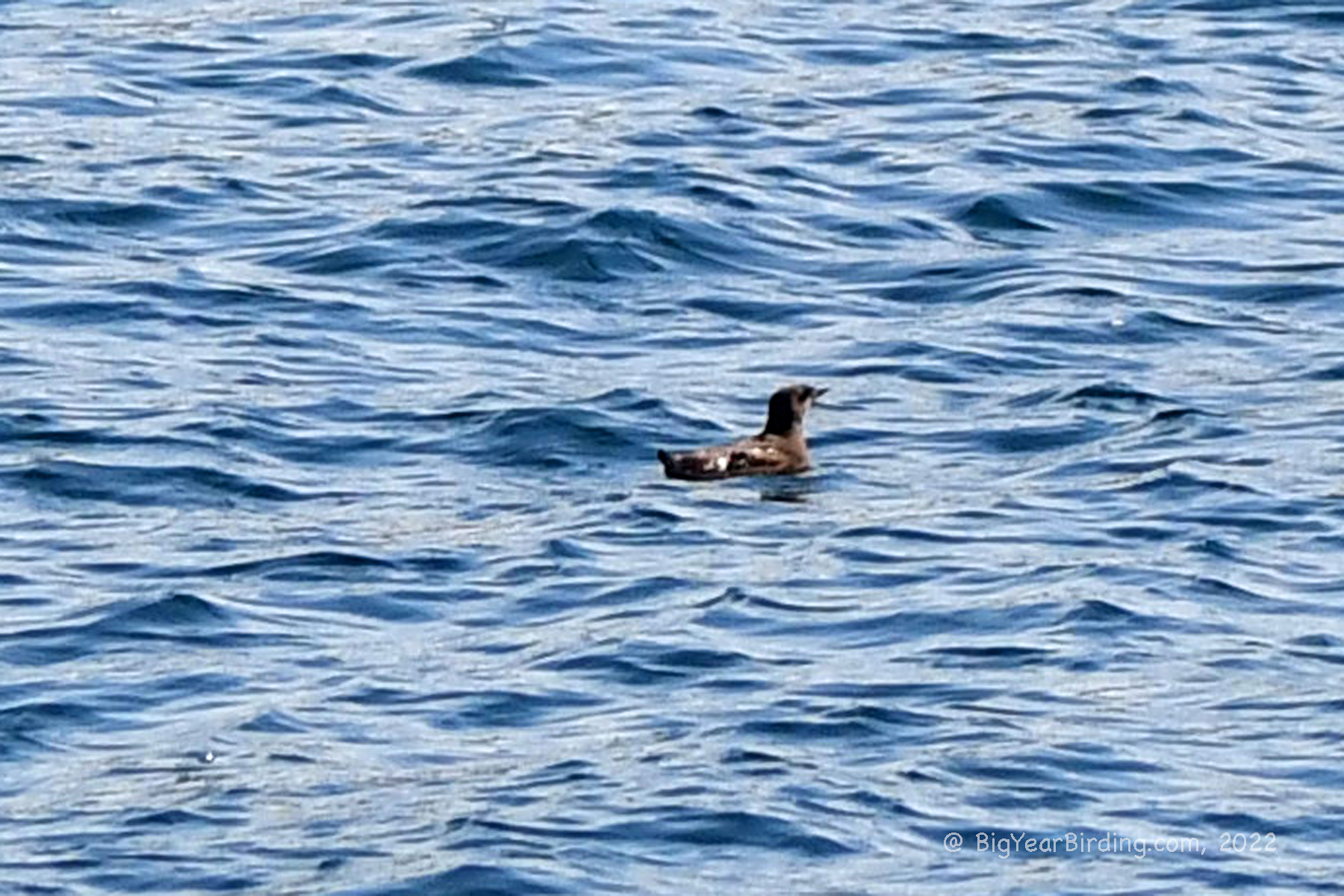
The Marbled Murrelet is a small seabird that is found in the North Pacific region. It measures around 25 centimeters (10 inches) in length and weighs approximately 300 grams (0.7 pounds). This species is easily identifiable by its unique plumage pattern which includes black and white stripes on its back and a mottled brown and white belly. During the breeding season, both males and females have a distinct white patch behind their eyes.
Marbled Murrelets are known for their long migrations, which can take them thousands of miles between their breeding and wintering grounds. In the summer, they breed along the coastlines of Alaska, British Columbia, Washington, Oregon, and California. During the winter, they migrate as far south as Baja California, Mexico, and as far west as Japan.
One of the most interesting aspects of the Marbled Murrelet is its nesting behavior. Unlike most seabirds, which build their nests on the ground, Marbled Murrelets nest in the tops of old-growth trees in the coastal forests of the Pacific Northwest. They lay a single egg, which is incubated by both parents for about a month. Once the chick hatches, it is fed by both parents for several weeks until it is able to fly.
Unfortunately, the Marbled Murrelet is listed as a threatened species in the United States and Canada due to habitat loss and degradation. The loss of old-growth forests, as well as the impacts of climate change on the marine environment, have had significant impacts on this species’ populations. Conservation efforts, such as habitat protection and restoration, are critical for the long-term survival of this unique seabird.
In addition to their ecological importance, Marbled Murrelets also have cultural significance for many indigenous communities in the Pacific Northwest. They have been traditionally harvested by some indigenous groups for their meat, feathers, and bones, and are considered an important cultural resource. Conservation efforts for the Marbled Murrelet must take into account the importance of this species to indigenous communities and work collaboratively to protect both the bird and its cultural significance.
